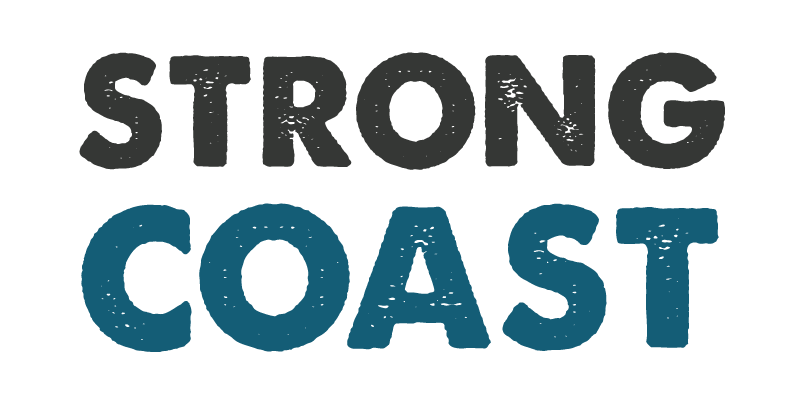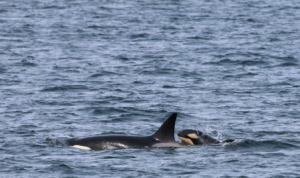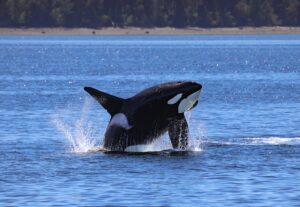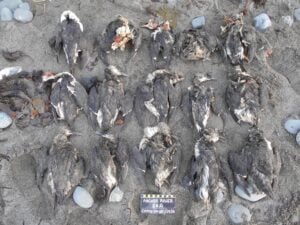To help its wild salmon, Norway, home to the foreign companies operating fish farms in BC, has cracked down on recreational fishing by closing fishing in some rivers and implementing new restrictions in others, while science organizations blame diseases from Norwegian fish farms and a record infestation of parasites for record low returns of spawning wild salmon.
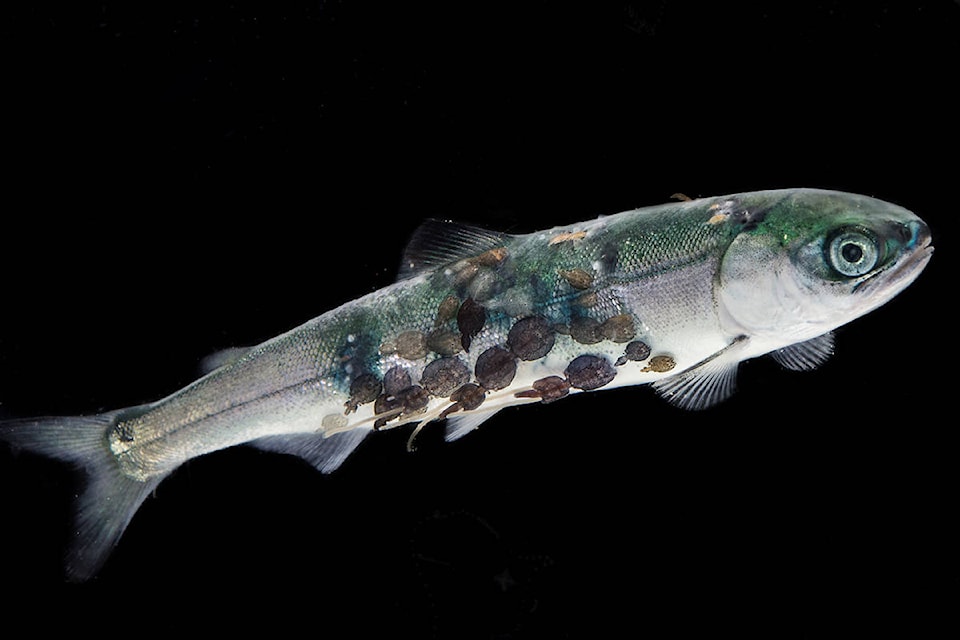
A recent press release from the Norwegian Institute of Marine Research (IMR) said sea lice numbers have reached record highs in Norway’s fish farms. “In the north, we saw an explosive increase and doubling of the number of louse larvae this summer,” IMR Researcher Anne Dagrun Sandvik said in a report in Seafood Source.
Meanwhile, an independent scientific council in Norway blamed salmon farm cages in Norwegian fjords for record low wild populations, reported the global news service Agence France-Presse (AFP).
“Due to the high concentration of fish in the fish farms, sea lice and other diseases run rampant and end up infecting the young wild salmon swimming nearby,” said the AFP story. “In addition, when the farmed fish escape their cages and mix with the wild salmon, they weaken the genetic make-up of their wild counterparts.”
Populations of wild salmon have “been in decline for a long time, not only in Norway but all around the North Atlantic,” noted a report by Norway’s Environment Agency. “Salmon is listed as near threatened on the Red list for endangered species. Norway (has) had the two lowest salmon runs in history during the last years, and 2024 will possibly be the third.”
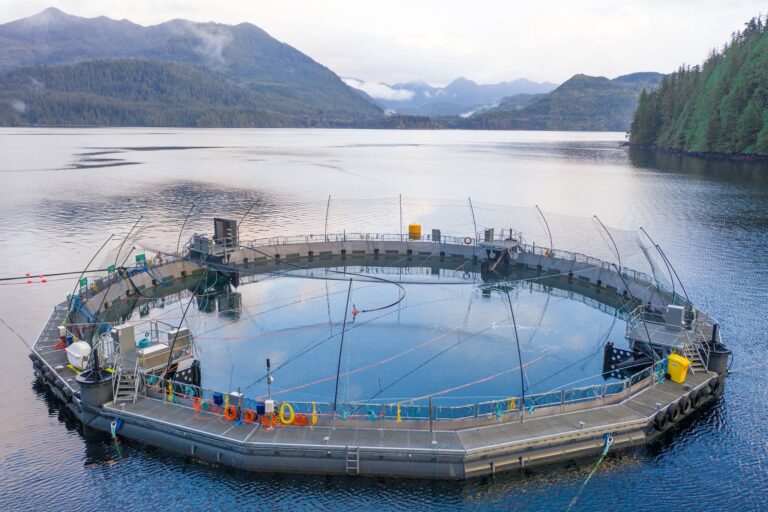
Norwegian-owned salmon farms are equally controversial in BC, where many wild salmon stocks have declined. Earlier this year, the federal government broke its promise to close open-pen farms–and extended BC fish farm licences to 2029. Efforts to transition those farms from the ocean to land will be costly and take longer than that, says a recent report on the draft of a federal transition plan.
As Strong Coast previously reported, fish farm opponents want Canada’s federal government to ban open-net pens, citing many peer-reviewed science studies that fish farms cause the decline of wild Pacific salmon by introducing and spreading parasites and viruses. The findings in Canada mirror the science research in Norway, but supporters of BC fish farms argue that the threats are overblown and say fish farms create jobs in coastal communities hard hit by the decline of the wild fishery.
In BC, the 2024 State of Salmon report by the Pacific Salmon Foundation held out “hope that declines can be stemmed and populations rebuilt if given the opportunity,” with Coho and Chinook spawner abundance above average this year. But it also warned that 70 percent of Pacific salmon are “below their long-term average spawner abundance,” with the most significant drops in northern waters overall and in chum and steelhead specifically.
Read the AFP story on Phys.org: Norway limits wild salmon fishing as stocks hit new lows
Read the Seafood Source story: Norwegian salmon industry grappling with high lice loads, biological struggles
Read previous stories about fish farms in Strong Coast:
DFO at a Crossroads: The Future of Fish Farms in BC, May, 2024
Feds Break 2019 Promise to End All Open-Pen BC Salmon Farms by 2025 By Extending Licenses to 2029, June, 2024
